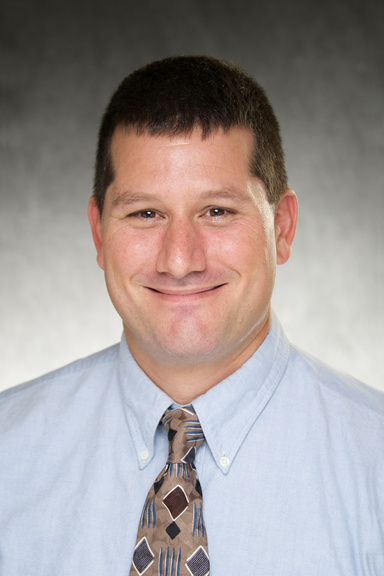A new viral vector production platform based on Helper-dependent adenovirus (HdAd), developed at the University of Iowa Carver College of Medicine, addresses a major need in the field by enabling expression of large genes or even multiple genes while directing expression to specific cell types. Created in the laboratory of Samuel Young, PhD, associate professor and Vice Chair for Research in the Department of Anatomy and Cell Biology, this technology supports research into how molecules in specific types of cells regulate normal cell function, and how mutations in these molecules lead to disease.

Recombinant viral vectors, such as Adeno-associated virus and Lentivirus virus, have become integral tools for basic in vitro and in vivo research applications. But a key limitation of these vectors is their relatively small payload capacities, which limits the amount of foreign DNA that they can carry. This in turn limits the ability to study many genes in their native context, because many gene coding sequences are too big to be packaged into the current vectors.
In contrast, Helper-dependent adenovirus has a very large packaging capacity, enabling the delivery of large genes or multiple transgenes. However, current HdAd production systems are not compatible with current cell-type specific expression technology. The new system developed by the Young lab overcomes this limitation of HdAd vector technology and allows cell-type specific expression of large genes and transgene expression cassettes not possible with other widely-used viral vectors.
The new technology will enable better modeling of diseases, particularly neurodegenerative diseases, according to Young.
“We can identify the cell population vulnerable to neurodegenerative disease and now we can express a gene associated with this disease in that single cell population,” he says. “This will allow us to understand how mutations in that gene impact the function of the specific cell type.”
The UI Research Foundation has filed a provisional patent on this technology.
